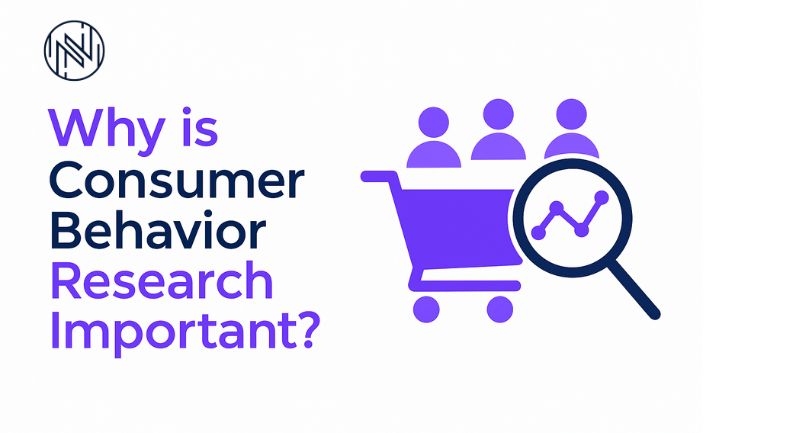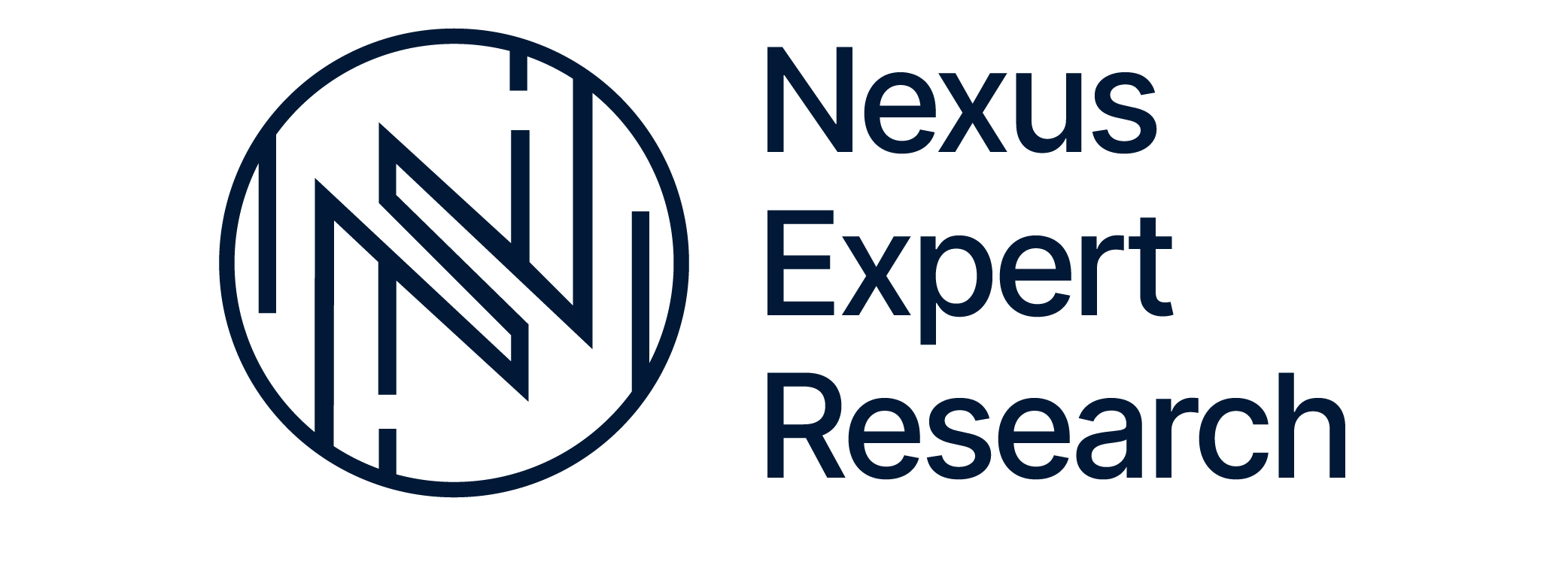
Understanding consumer behavior is important because it helps businesses know what drives customers’ decisions, preferences, and buying habits. Is your product meant for the individual or the collective? Maybe you’ve figured that out, but how do you know what people are actually willing to pay for it, not just what you think it’s worth? If you don’t understand why customers choose one option over another, you’re guessing. And guessing burns time, budget, and trust.
Consumer behavior research replaces assumptions with evidence. It shows you what to build, how to position it, and who’s likely to stick around. All of these are helpful to know, but necessary for growth; and that’s how innovative teams make growth repeatable.
A few facts to remember: 76% of consumers expect companies to understand their needs. Half of bad experiences (about 53%) lead customers to cut spending with a brand. Improve experience scores and you move real metrics: moving a customer from 1–2 stars to 3 stars raises repeat-purchase likelihood by 68% and recommendations by 97%. Those are not marketing niceties. They are business drivers.
Build products that customers actually use.
A good product — like any solid entrepreneurial endeavor — solves a real problem. It starts with a naturalistic look at how people behave in their day-to-day lives. The best product decisions begin by watching customers, not guessing. Talk to users. Observe how they interact with your product. Run simple prototype tests.
You might assume there’s a “correct” way to use your service, but hands-on feedback tells a different story. It reveals what people actually want, not what you think they should want. These inputs reveal the actual purpose your product is intended to serve.
The payoff? Fewer wasted features, faster product-market fit, and lower launch risk. Teams that weave research into their roadmap ship smarter — and build things people pay for. And the bonus: you gain deeper insight into your product, so you can keep improving it.
Make your messaging land
Words still matter — even in the age of AI. Research shows that small wording changes can flip performance. The famous Loftus and Palmer study proved it: people described the same car crash as more violent when the word “smashed” was used, and less severe when they heard “collided.” Language shapes perception.
That’s why short message tests are essential. Measure clarity, relevance, and motivational pull. Ask users to summarize your message in a single sentence; if they can’t, rewrite the headline. Choose the version that scores highest on clarity and action intent. It’s how you make ads, emails, and landing pages convert better — without spending more on media.
Stop churn. Raise lifetime value
Similarly, behavioral research identifies the tiny frictions that drive customers away. It identifies areas where onboarding stalls, billing terms that confuse, unused features, and more.
Fixing those points raises retention fast. The numbers add up: small shifts in retention can lift profits dramatically. In fact, 65% of a company’s revenue typically comes from existing customers, as returning customers spend 67% more than new ones on average. That’s why retention work is often the highest ROI project a product team can run.
Personalization that works
In today’s world, everything is personalized. Since the early 2000s, linguistic research has shown a sharp rise in the use of first-person pronouns — “I,” “me,” “my” — along with individualistic terms like “identity,” “self,” and “personalized.” This shift reflects a broader cultural trend: people expect experiences tailored to them.
Customers now demand relevance. When personalization is grounded in real behavior, it drives engagement and loyalty—segment by actions, not assumptions. Serve the right message at the right time — product tips to active users, ROI stories to renewals, friction fixes to at-risk accounts. Done well, personalization reduces acquisition pressure and boosts lifetime value.
Turn audiences into valuable segments
Behavior research provides real segments — people who act the same way, not just those who share a job title. Build playbooks for each group. One playbook for high-value accounts. Another for DIY users. Different channels. Different hooks. That makes your marketing and sales work smarter and your spending more efficient.
Spot trends before competitors do
Continuous tracking — small surveys, social listening, usage probes — surfaces shifts early. Want proof? More consumers now prefer eco-friendly brands. When 55% of buyers favor sustainability, companies that move first capture share. Trend spotting gives you time to adapt product specs, suppliers, and claims before the market moves.
Avoid costly missteps: pricing, compliance, reputation
Research tests price sensitivity, privacy concerns, and claim credibility before you publish. That prevents expensive retractions, regulatory headaches, and brand damage. Keep tests auditable: notes, transcripts, and verbatim quotes. They serve as proof to present to finance, legal, and the board when questions arise.
How to start this week
Run a five-question clarity test on your following homepage or ad. Call three customers for 15 minutes to uncover their most significant friction points. Add a one-month tracker that captures NPS, key usage, and churn signals. These three moves deliver immediate, usable insights.
And if that still feels overwhelming — if you’re not sure where to begin — start with Nexus’ Market Research team. They’ll help you cut through the noise, prioritize what matters, and get your program moving.
What a small program delivers
By implementing the step mentioned above, you’ll reduce failed launches. You’ll sharpen messaging. You’ll cut churn and push advocacy. And you’ll spot trends and act faster. And you’ll make product and marketing decisions on evidence, not instinct.
If that still feels overwhelming — if you’re not sure where to begin — start with Nexus’ Market Research team. They’ll help you cut through the noise, prioritize what matters, and get your program moving.









